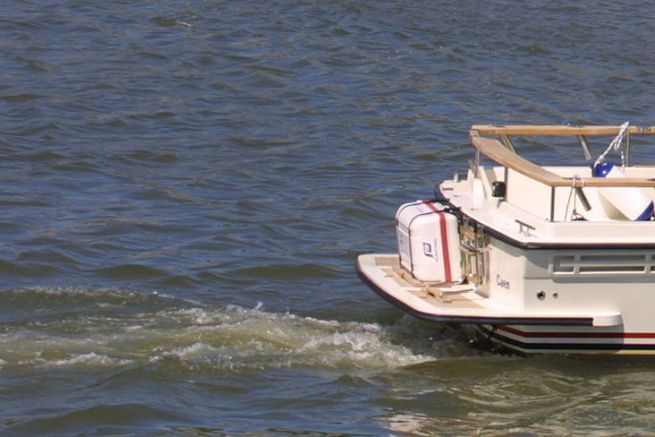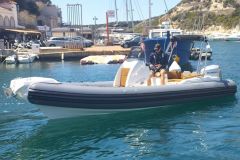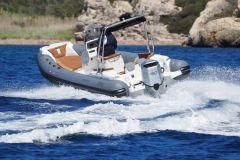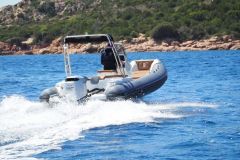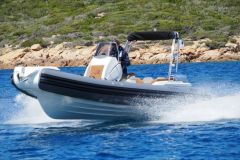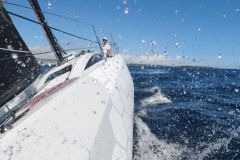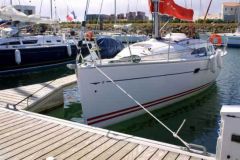Before a boat moves forward, a propeller tends to rotate it. This is called the pitch effect. To understand this phenomenon, you need to view your boat from the rear. If your propeller starts to turn to the right, the stern of your boat (where the propeller is located) will naturally be pulled to that side. This is especially true on sailboats where the keel acts as the central pivot, the point of rotation for the entire boat.
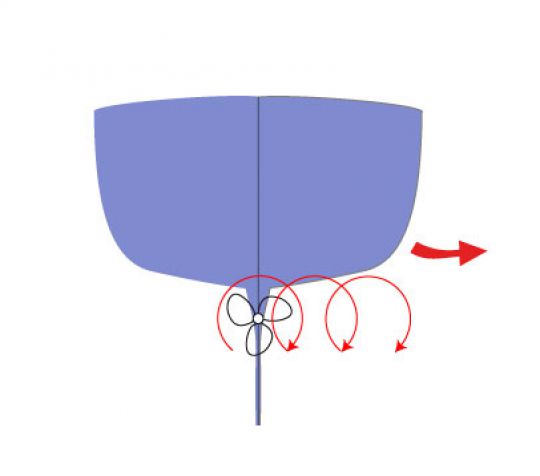
The pitch of the propeller
Depending on the orientation of the blades, we talk about the pitch of the propeller. We say that it has a left pitch or a right pitch.
A propeller has a not to the right when viewed from the stern of the boat, the propeller must turn clockwise to move the boat forward.
Conversely, a propeller has a not left when the propeller turns counterclockwise in forward motion.
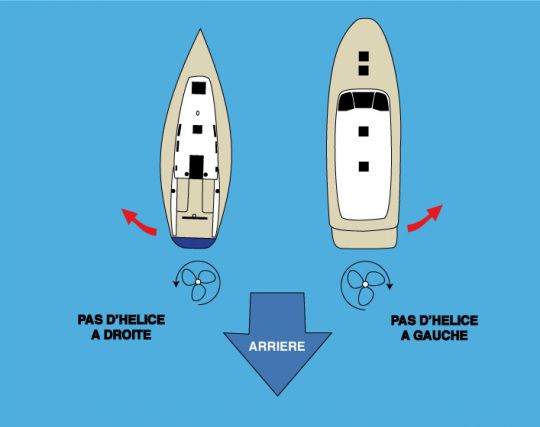
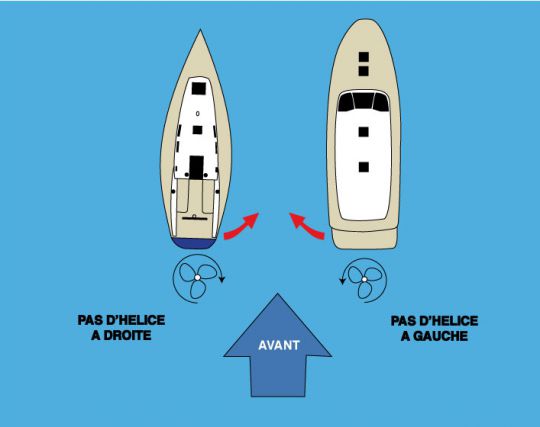
Tip
To find out the pitch of your propeller, there's no need to dive to watch it turn. When moored at the dock, put the boat in reverse and watch which side the wash comes out of. If the eddies are coming out on the port side (on the right side looking back), you have a propeller that is not on the right side.
In summary
- No propeller to the right: When going forward the propeller turns to the right, the boat's bottom will skid to the right
- No propeller on the left: In forward motion the propeller turns to the left, the boat's bottom will skid to the left.
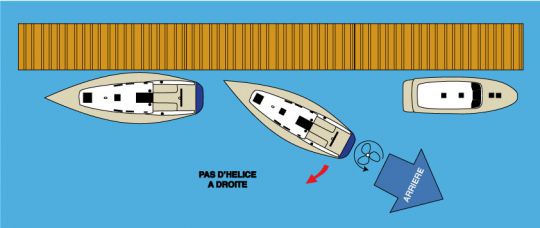
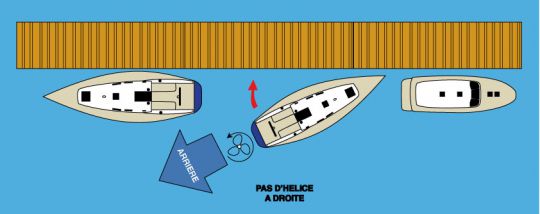
Why take the step into account?
Once the pitch effect of the propeller is well understood, it can be used to successfully maneuver the boat.
So in example #1, if you try to press against the dock by backing up, your propeller with the right pitch will instead move you away from the dock.
Simply by going the other way as in example #2, you will take advantage of the step effect to make your maneuver successful.

 /
/ 